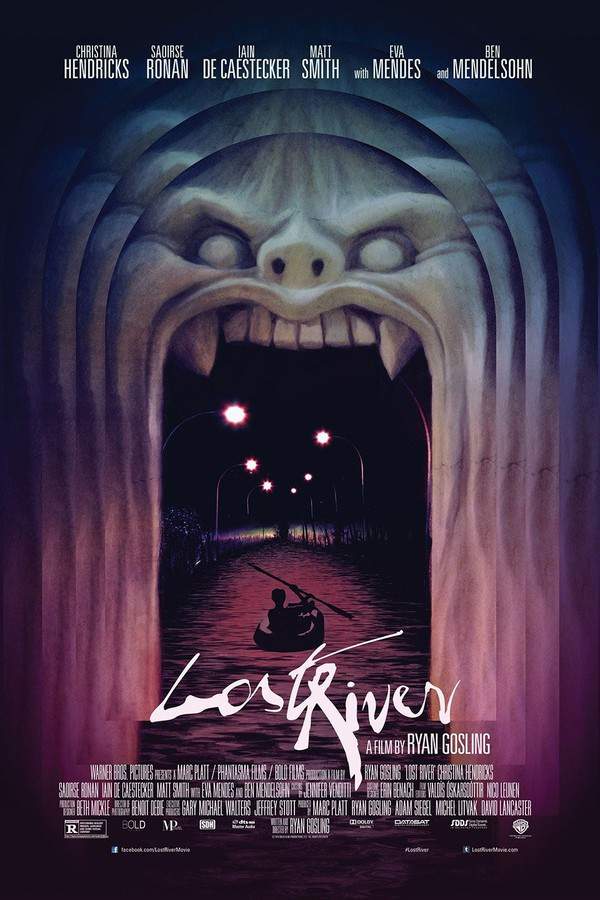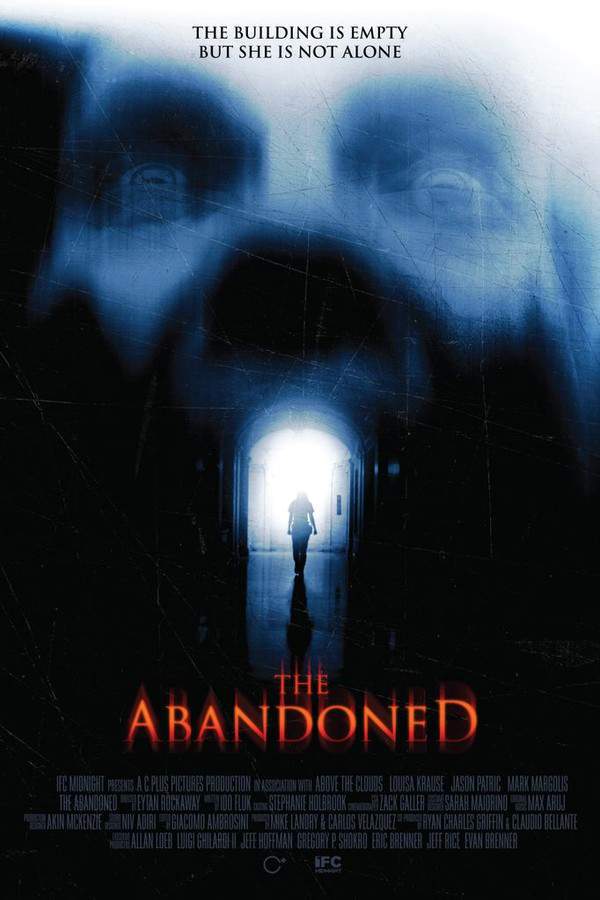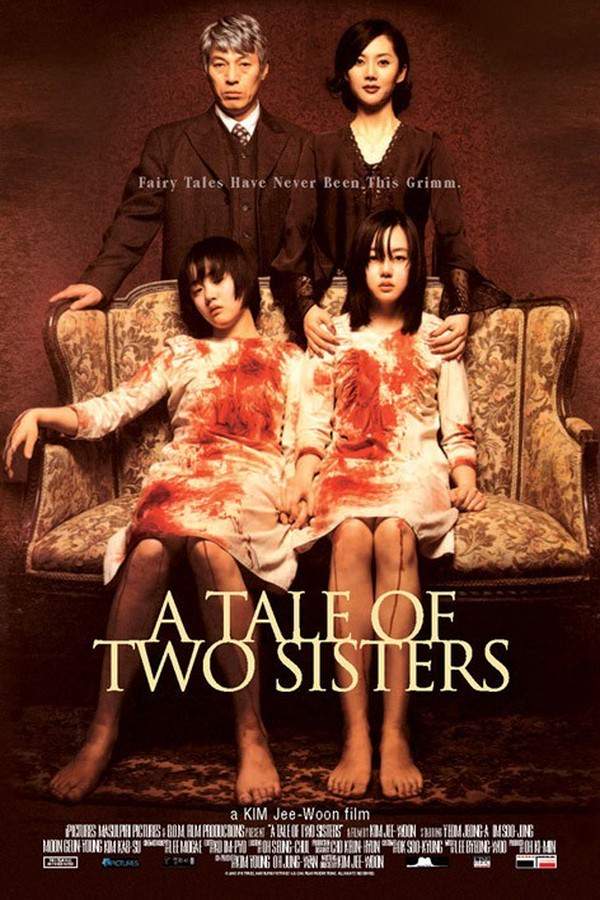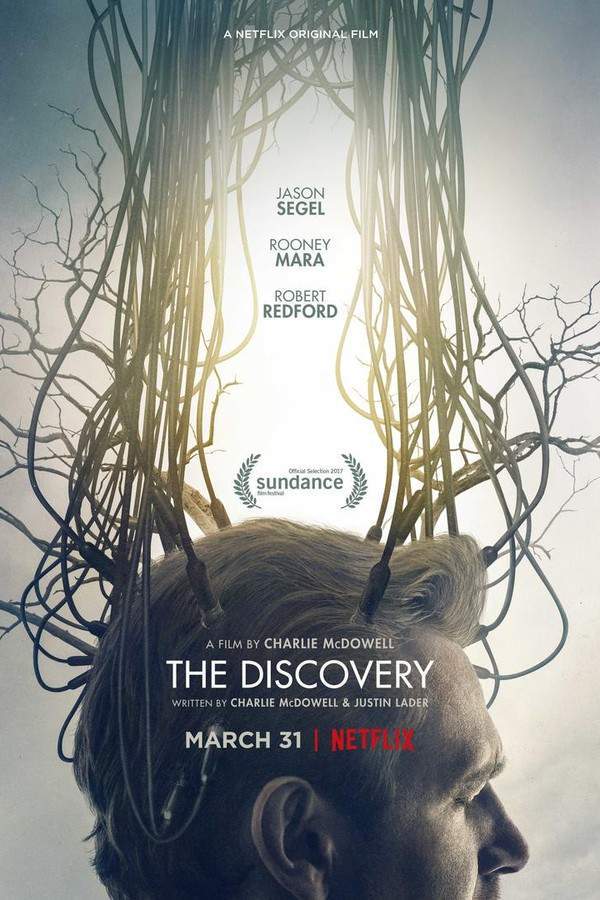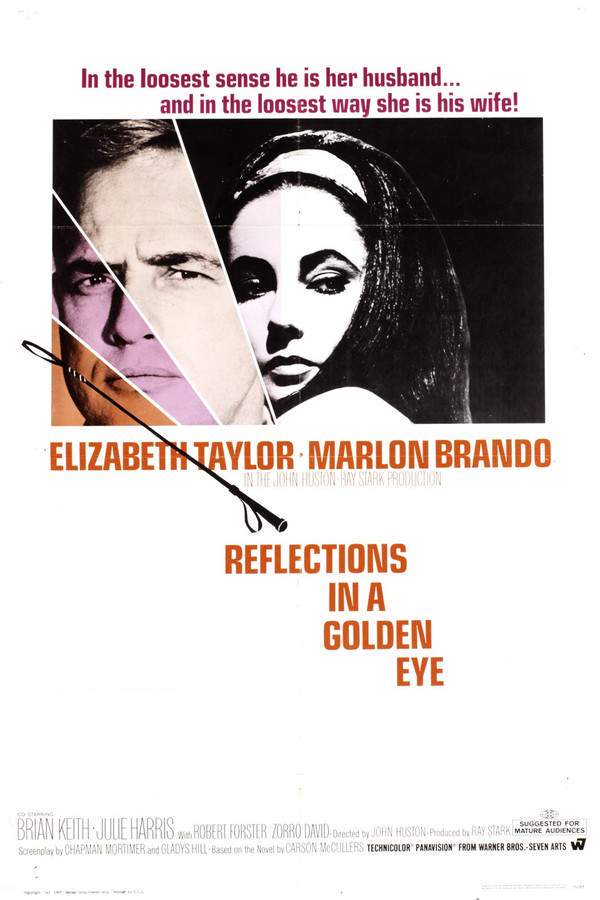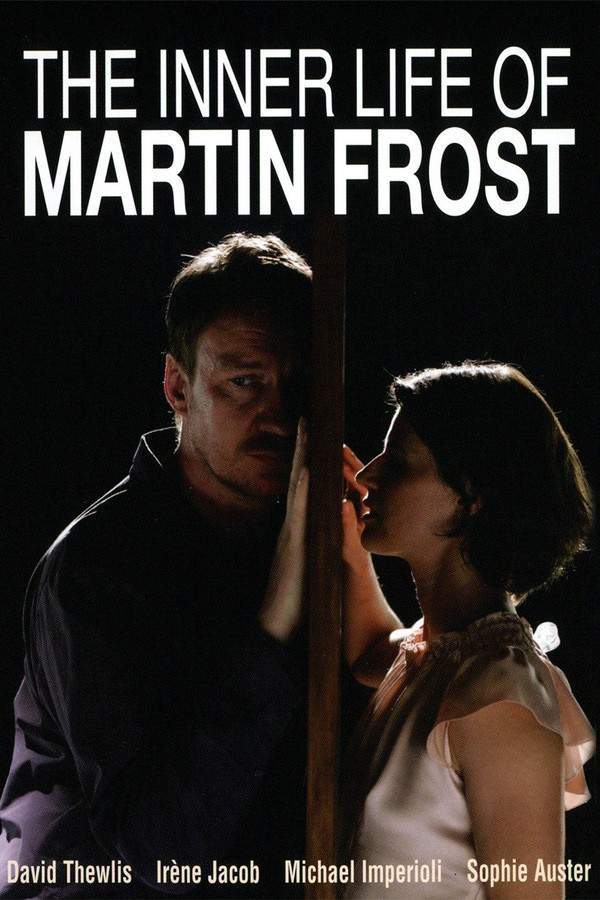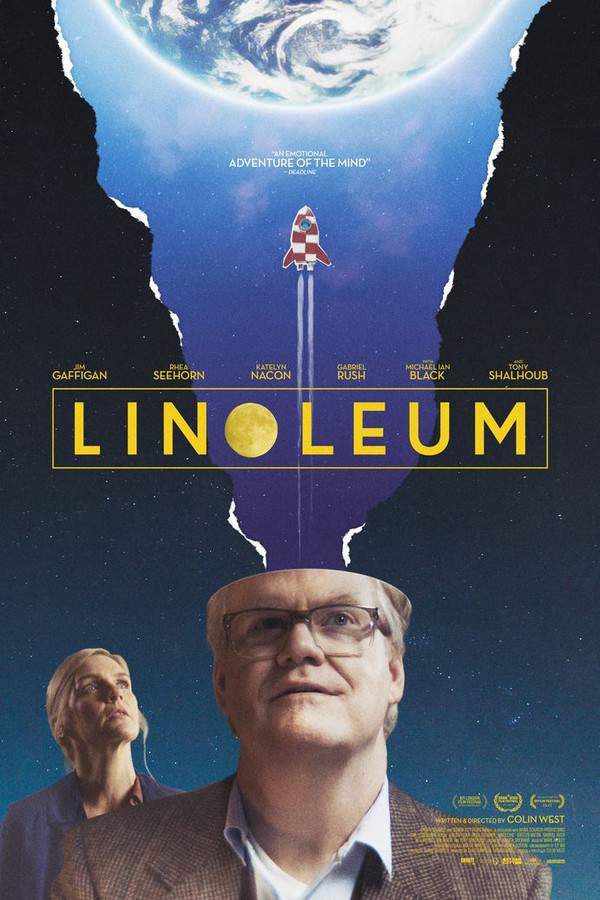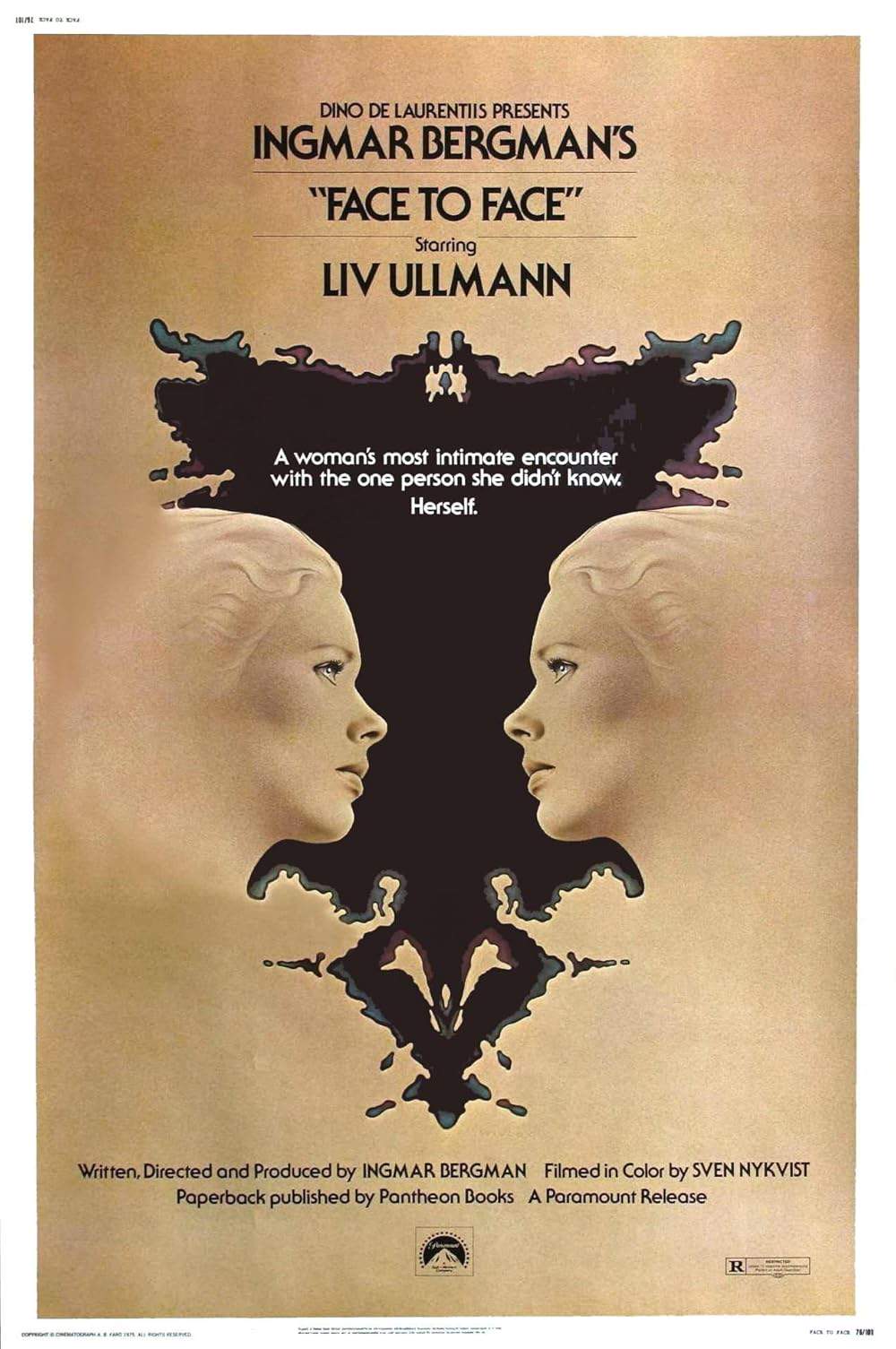
Face to Face
Year: 1976
Runtime: 114 min
Language: English
Director: Ingmar Bergman
Dr. Jenny Isaksson, a successful psychiatrist and wife, experiences a gradual and devastating mental breakdown. Haunted by unsettling memories and emotions from her past, she struggles to maintain her roles as a doctor and a partner. As her condition worsens, Jenny finds herself unable to function in any aspect of her life, leading to a profound personal crisis.
Warning: spoilers below!
Haven’t seen Face to Face yet? This summary contains major spoilers. Bookmark the page, watch the movie, and come back for the full breakdown. If you're ready, scroll on and relive the story!
Face to Face (1976) – Full Plot Summary & Ending Explained
Read the complete plot breakdown of Face to Face (1976), including all key story events, major twists, and the ending explained in detail. Discover what really happened—and what it all means.
Dr. Jenny Isaksson, a psychiatrist played by Liv Ullmann, takes a temporary post as the medical supervisor at a mental hospital while her husband is in America and their daughter Anna is away at camp. She moves back into her childhood home to stay with her aging grandparents, Gunnar Björnstrand and Aino Taube, who helped raise her after her parents died. Reimmersing herself in the old bedroom unsettles her, stirring anxiety that soon blooms into dreams and waking visions of a one-eyed old woman. The return unsettles more than memories: Jenny’s burdens are amplified by Mari, a highly disturbed patient at the hospital who has fits of violence and challenges Jenny’s belief that she can experience love for others.
At a party hosted by the ex-wife of a colleague, Jenny meets Erland Josephson, who plays Tomas, a medical doctor. After a flirtatious exchange, she agrees to go home with him but makes clear she does not want sex at that moment. He leaves, and they agree to meet again in the future for a possible encounter. The encounter is emotionally fraught from the start, hinting at Jenny’s deeper longing for connection rather than gratification.
Back at her old home, Mari escapes from the hospital with two men who claim they brought her to Jenny’s address after finding it in the phone book. When Jenny tries to call the police, the men attack and attempt to rape her, though the assault is interrupted when they struggle to penetrate her. That night, after attending a concert with Tomas, Jenny returns to bed with him and asks for a non-sexual arrangement—two people sharing a bed without touch. In the midst of the night she confesses that she hoped the rapist would have sex with her because she longs for physical pleasure but cannot become aroused. Tomas tries to comfort her, yet the moment unsettles her so deeply that she asks to be sent home and reassures him they will meet again soon.
Jenny retreats to her grandparents’ home for several days, missing work as the strain of recent events weighs on her. When her grandparents leave town for the weekend, she initially asks Tomas to join her for a movie, but she ultimately hangs up, records a suicide note on a tape, and swallows fifty Nembutals. In a dream sequence, she apologizes to her younger self and speaks to her grandmother, confessing a fear of old age. She encounters an imagined Tomas, who warns her not to reopen the door to painful memories, yet she opens it anyway. She sees the old woman who comforts her, and she wakes briefly in the hospital to find Tomas there, having sought her out after she hung up and failed to answer his calls.
The two talk, and Tomas tries to ease her by sharing odd childhood memories about his upbringing—yet the moment loosens into something more revealing. In a second dream, she attempts to navigate a crowded room of patients, while her grandfather admits fear of dying and Anna appears, only to run away. When she awakens, her husband is there but declares he must return to America. She asks him to tell her grandmother the truth and to talk to Anna.
In another dream, she searches for her parents—the last time she saw them was at their funeral when she was nine. The memory brings guilt and shame, yet when she finds them they initially leave, only to return and offer comfort; she pushes them away. Back in waking life, she tells Tomas about her childhood, and they reveal more personal truths. Tomas reveals that he was never truly divorced; he had shared his life with a male partner for five years. The conversation spirals, and Jenny becomes hysterical.
In a final dream, she attends her own funeral and awakens during the cremation. A nurse informs her that Anna wants to meet her, but the attempt to reconnect goes poorly—Anna bluntly tells Jenny that she always knew she never truly liked her and then leaves. Tomas then tells her that he plans a Jamaica trip for an amoral vacation and may not return. Jenny returns to her grandmother, who believes she is merely fatigued, while she is troubled by her husband’s impending death. Jenny offers some comfort and then reaches for stability by calling the hospital to say she’ll come in to work in the morning.
Last Updated: October 09, 2025 at 15:46
Explore Movie Threads
Discover curated groups of movies connected by mood, themes, and story style. Browse collections built around emotion, atmosphere, and narrative focus to easily find films that match what you feel like watching right now.
Movies about mental unraveling like Face to Face
Character studies where a composed life gradually fractures from within.If you were captivated by the harrowing psychological breakdown in Face to Face, this thread features similar movies about characters losing their sanity. These dramas and thrillers explore the slow, painful dissolution of a stable mind under pressure from past trauma and existential dread.
Narrative Summary
Narratives in this thread follow a character's gradual disintegration, often starting from a position of professional or personal competence. The story structure tends to be introspective and nonlinear, blending reality with dreamlike sequences or traumatic memories to immerse the viewer in the protagonist's deteriorating mental state.
Why These Movies?
These movies are grouped by their intense focus on a single character's psychological collapse, their use of a slow, deliberate pace to build unease, and their shared dark, heavy tone. They prioritize internal conflict over external plot, creating a deeply immersive and often claustrophobic experience.
Dreamlike psychological movies similar to Face to Face
Stories where the boundaries between memory, dream, and reality dissolve.For viewers who appreciated the blurring of reality and nightmare in Face to Face, this collection highlights films with a similar dreamlike, surreal quality. These movies use ambiguous narratives and unsettling visuals to delve into themes of trauma, memory, and identity.
Narrative Summary
The narrative pattern involves a subjective point-of-view that becomes increasingly unreliable. The plot often unfolds in a non-linear fashion, weaving together past traumas, present anxieties, and symbolic dreams until the distinction between them fades, leaving the audience to piece together the emotional truth.
Why These Movies?
These films share a common aesthetic and structural approach: a complex, ambiguous narrative that prioritizes psychological truth over factual reality. They create a specific mood of unease and introspection through their dreamlike pacing and melding of fantasy and drama genres.
Unlock the Full Story of Face to Face
Don't stop at just watching — explore Face to Face in full detail. From the complete plot summary and scene-by-scene timeline to character breakdowns, thematic analysis, and a deep dive into the ending — every page helps you truly understand what Face to Face is all about. Plus, discover what's next after the movie.
Face to Face Timeline
Track the full timeline of Face to Face with every major event arranged chronologically. Perfect for decoding non-linear storytelling, flashbacks, or parallel narratives with a clear scene-by-scene breakdown.

Characters, Settings & Themes in Face to Face
Discover the characters, locations, and core themes that shape Face to Face. Get insights into symbolic elements, setting significance, and deeper narrative meaning — ideal for thematic analysis and movie breakdowns.

More About Face to Face
Visit What's After the Movie to explore more about Face to Face: box office results, cast and crew info, production details, post-credit scenes, and external links — all in one place for movie fans and researchers.


